Trying to keep up with all the changes swirling in comics while you don’t even know what day it is and your biggest life challenge is not wearing the same sweatpants for the fifth day in a row? Us too! But here’s a two-week round-up of links we stored, chipmunk style, while we were moving servers.
§ First some nice art ! Like The Tide a beautiful comic by Isabella Rotman, that would have been sold at TCAF but there is no TCAF this year, so the print edition will have to wait.
§ Although the twitter threads could be chaotic, the #Creators4Comics online auctions have raised a little over $433,000 for comic shop relief. More than 600 creators took part, and the funds will be released by BINC.
#Creators4Comics — a fundraising effort that saw more than 600 auctions by comic creators, authors and celebrities to benefit comic book retailers — raised more than $400,000 during its six-day run earlier this month, the organization has announced. Coordinated by Kami Garcia (Teen Titans: Raven), Sam Humphries (Dial H for Hero, Harley Quinn), Brian Michael Bendis (Cover, Superman), Phil Jimenez (Wonder Woman, Infinite Crisis) and Gwenda Bond (Stranger Things: Suspicious Minds, Lois Lane: Fallout), #Creators4Comics ran on social media between April 15 and 20, with more than 635 auctions of anything from signed books to original artwork — and, in some cases, specially created stores — being offered with all proceeds going to the Binc’s Comicbook United fund benefiting U.S. comic book retailers.
§ Newsarama has a bit more about BINC’s activities, noting that aid has been given to 135 shops, while 722 shops have applied. Over $150,000 has already been distributed.
In the past, BINC has offered financial assistance to comic book stores affected by natural disasters and other unexpected financial crises. BINC has received several notable donations to this cause over the past two months, including $250,000 from DC; $433,166 as part of the #Creators4Comics auction; $10,000 from the Certified Guaranty Company (CGC); unspecified funds from Oni/Lion Forge; and over $150,000 (and counting) as part of DC Publisher/CCO Jim Lee’s ongoing 60 sketches/60 days art auctions.
§ Applications for BINC’s comic shop relief are now closed, however you can still leave a message.
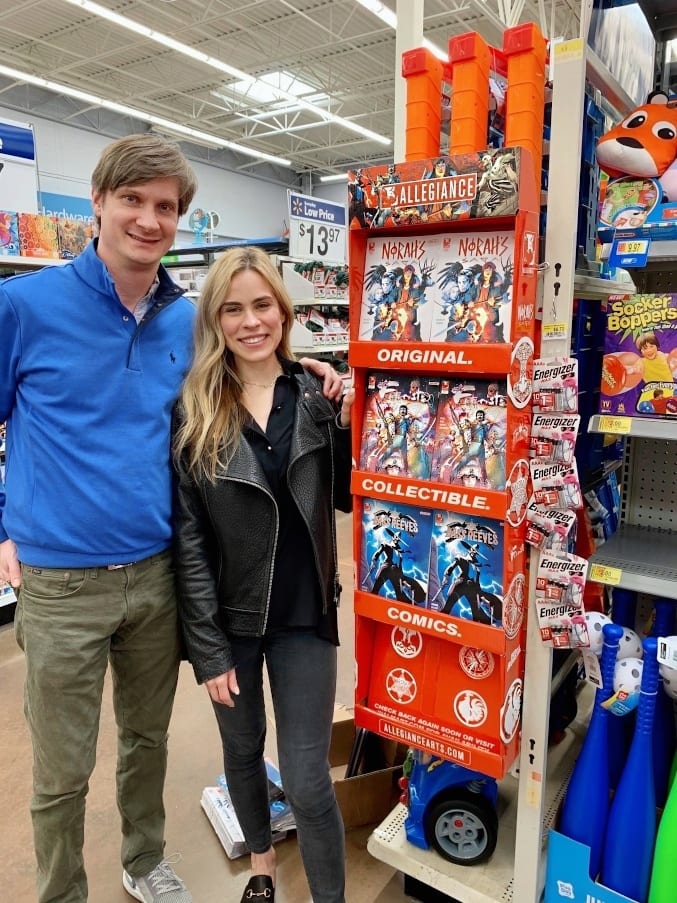
Sidekick comic displays from new comics publisher Allegiance Arts and Entertainment will be placed in the book departments of 3,384 Walmart stores, about 70% of the chain, next Tuesday, May 5. The displays, which will hang on the side of an endcap display, will launch with four original middle-grade titles, priced at $4.98 for 24 all-story pages on 70-pound paper.
The displays are being placed by Readerlink, which handles book distribution to Walmart. Their eight pockets will be used to display multiple issues of the books so readers will be able to find early issues even after the titles have launched. Plans are to launch with ten copies per store of each title. The comics will also be available on Walmart.com.
Allegiance is owned by creators Mitch and Bettie Breitweiser, and Arkansas businessman David Martin, CEO of reputation management/crisis consulting firm Allegiance Consulting Group. I’ll probably have more to say about this later on – 3000 endcap displays in Walmart are not cheap and will be a highly visible spot for a line of comic book sized products. You people wanted floppies in newsstands, here you go! Many of the folks behind the company are often thought to be C*mcsgate adjacent – however, Walmart shoppers aren’t going to care about that.
All that said, I’m not convinced that the 24 page comics periodical is a format that kids want for unknown properties – as a quick gift from an anxious parent, maybe.
§ Here is a round-up of think pieces, news stories and interviews surrounding the current Coronavirus pandemic and how it affects the comics industry.
First the two foundational think pieces from mainstream media – I’m quoted in one! With the gloomiest doomiest thing possible.
David Itzkoff’s Can Comic Books Survive the Coronavirus Era? in the New York Times, which interviews everyone:
Publishers of every size recognize that they are at risk. Dan Buckley, the president of Marvel Entertainment, which is home to Spider-Man, the X-Men and the Avengers, said in a statement, “This crisis is having an unprecedented impact on every aspect of our lives and requires patience and perseverance,” adding that he remained optimistic that comics “are here to stay.” The proprietors of comic shops across the country say that what once looked like a promising year of business has evaporated amid state-by-state policies that have required the closure of their stores.
And Sam Theilman’s ‘This is beyond the Great Depression’: will comic books survive coronavirus in the Guardian which interviews everyone else and reveals that Marvel has furloughed half its staff. And it’ll get worse!
While the current big charity push is to bail out comics shops, Gillen predicted that the next wave will probably need to address the needs of the creators themselves. The psychological toll still needs to be considered. “The first week of social distancing/stay at home continued like normal,” says Erica Henderson, artist on Marvel’s beloved Unbeatable Squirrel Girl series. “I was putting out the same amount of work, it was fine. The next two weeks? Nothing. I really had a hard time getting anything work-related done. I continued to make comics for my Patreon, but I think the fact that it wasn’t my job made it OK. I wanted to keep making art but doing my work was impossible. I’m now at about a 50-75% capacity.”
§ And here’s in insidery, comprehensively gloomy take by Milton Griepp, who has seen a disruption or two in his time: Geek Winter Is Coming
Consumer demand is being battered by layoffs. It’s likely that with the new unemployment claims reported Thursday, that over 26 million Americans will have lost their jobs in four weeks, a level of economic devastation never seen before in such a short period of time. Even with unemployment insurance expansion and stimulus payments to consumers, the confidence to spend money on non-essentials is likely to decline along with consumer paychecks.
A huge swath of geek culture retail is shut down, and will come back hamstrung. The independent retailers that form the heart of the comics and games businesses are mostly shut down to foot traffic and able to do only a fraction of the business they were before shutdown orders were implemented. Even when stores are allowed to re-open, in many states it’s likely that there will be restrictions on the number of people in stores at the same time, on the types of interactions, and on high-density events that build community and demand in those stores, such as in-store gaming and creator appearances. And if cases surge after re-opening, more strict social distancing rules could once again be implemented, starting the whole process over again.
There are about 6 other bullet points but you get the idea.
§ However, an earlier piece from Icv2 pointed out that graphic novel sales were somehow continuing on, amidst the chaos.
Although the shutdown of Diamond Comic Distributors’ new product operations has stopped its flow of new comics and graphic novels to comic stores (see “Diamond Halting Distribution of New Product”), the graphic novel business was still functioning at a fairly high level in the book channel through April 4, according to NPD BookScan numbers for March (3/1-4/4) provided to ICv2. Graphic novel sales are taking place through an unusual mix of retailers and publishers, with the coronavirus crisis shutting some down while others are taking advantage of the circumstances and enjoying higher sales.
I’ll return to this story a bit later today.
§ But among comics shops, as this northern California-centric story shows, COVID-19 is ‘flat out destroying us’:
At the start of the COVID-19 pandemic, there were three comic book and gaming stores in Eureka. How many will be left standing by the end of the pandemic depends on how long it goes on. The city will be down at least one of the stores after Nu Games announced on Facebook on Tuesday that it would be permanently closing after 14 years in business, though it’s unclear if it was related to the COVID-19 pandemic or the shelter in place order intended to curb the spread of the novel coronavirus, which causes the infectious disease. Nu Games did not respond to a request for comment by publication time.
So many are just going to disappear and never return.
§ An otherwise happy story about the BINC funding, in the NYT also spreads dismal facts.
John Robinson, the co-owner with Jamie Graham of Graham Crackers Comics, a chain of stores primarily in Illinois, said he had had to furlough nearly all his employees. When he read about the foundation, he encouraged workers to apply for aid. “One person told me that they helped with a mortgage payment,” he said, adding that the aid had arrived within a week. Mr. Robinson has an application pending for his business.
Assistance for retailers is expected to be distributed in mid-May. His 12 stores are in California, Illinois and Wisconsin, which are under shelter-in-place rules but have been taking online orders. “It’s not enough to pay 12 stores’ rents,” he said, “but it is enough to pay utilities and to make partial payments to make people happy.”
§ BUT! David Harper’s SKTCHD site has been spotlighting more positive stories of pluck and survival, like “Time to Figure Out the Next Thing”: A Conversation with Books with Pictures’ Katie Proctor
Katie: Orders came in. I am busier than I can handle. I am a week and a little bit backlogged on orders still. And I’ve been doing fulfillment every day and I’ve been doing deliveries every night. So we are managing to pretty much hold steady in terms of year over year averages. … Yeah, and part of that is because our business model has always been very trades and book-focused, and so, aside from the twitching withdrawal that me and the rest of the X-Men fans are having about the lack of new X-books, it is okay. New weekly comics are such a small part of overall revenue model in general that losing them is significantly less of a big deal for me than it is for, I think, most retailers. And I’m grateful for that. And partly because of tactics and partly because of my customer situation, on the one hand, doing mail order and delivery and pick-up is a lot more labor-intensive than people picking out their own books and bringing them over to the counter. But the upside is that we’re all focusing on doing that in larger chunks… so I don’t have a mandatory minimum on orders, but I am encouraging to do them for about $50 or more… and moving in not ones and twos, but fours and fives in terms of books makes it more profitable to do the more labor-intensive work. So that’s how I’m trying to shift it. And keeping the expenses as low as humanly possible.
SEE ABOVE about those Graphic Novel sales.
§ Harper also writes a long paywalled piece suggesting that all the retailer outcry we’ve seen about new business plans hasn’t left any room for new ideas about how to actually survive in this: Trying to Find a Balance
Like many other industries, these comic shops realized that they can’t just act like today is the same as yesterday. Adjustments needed to be made, so they made them, if possible. Unfortunately, some have been resistant to change. While many shops have dealt with the amorphous nature of this pandemic with corresponding flexibility, that hasn’t always been the case, especially when new ideas are on the table. As other options have been presented, the only guarantee in regards to the response has been the velocity of the rebuke from certain corners.
So…other retailers, other voices.
OK a few other kinds of links.
§ I’ve been off comics Twitter and mostly only on wrestling Twitter for the last few weeks because other things, which means I missed some good old Twitter storms. And sometimes missing a particularly Twitter eruption means missing a chance to roll around in juicy takes like a dog who finds a cow turd in the back yard. Anyway I’m sorry I missed the discussion over Milo Manara’s tributes to female medical workers and first responders, because it must have been mind boggling. Manara is best known for his erotic comics, and his pen can’t help but linger over the beauty of these exhausted women in an unseemly way, but there’s an honesty there, too. There are a lot of hospitals where I live, and I see exhausted women in scrubs lining up for a coffee all the time, and they look pretty much like this.
Italian comic god Milo Manara's tribute to the doctors and nurses on the front line… pic.twitter.com/mjxYDrmcxm
— Rantz A. Hoseley (@MysteryCr8tve) April 10, 2020
The amazing Milo Manara… pic.twitter.com/S3E2GIBFZ5
— Ammar Haj Ahmad (@AmmarHajAhmad) April 22, 2020
The best one was this version of the virus as Pied Piper, though.
§ I was really, really looking forward to seeing the exhibit Women in Comics: Looking Forward and Back, at the Society of Illustrators, but I guess that won’t happen any time soon, however it’s available online, as the Guardian reports.
Women in Comics: Looking Forward and Back is a group exhibition at the Society of Illustrators featuring more than 50 female cartoonists, from the early 20th century trailblazers to plus-size superheroes, queer graphic novels, wartime romances and flapper-era cartoons, all of which go outside your typical superhero format. ‘This is beyond the Great Depression’: will comic books survive coronavirus? Read more “I think there are a great number of voices out there, and people want to hear this diverse range,” said Kim Munson, the exhibition’s co-curator. “I hope this will continue.” The exhibition is divided into two sections: the history of women cartoonists, dating back to the early 1900s, and contemporary comics from the 1970s to present day. Though the society is closed to the public during the pandemic, the online version shows a selection of curated artworks, which will be on view until 24 October, and will soon include a video tour.
§ Here’s a great roundtable interview: Genre as a Trojan Horse: A Roundtable with Tanna Tucker, Ezra Claytan Daniels, Ben Passmore, and Ron Wimberly
Ben Passmore: In some ways, I dislike being asked by white people what to do about gentrification because I feel like the actual question is, “How do I variate my life enough to not feel bad, but not so much that I can’t do what I want?” If white people wanted to solve black displacement, they’d think about putting their money and time toward it instead of making ironic purchases at boutique coffee houses. But even with that said, we can’t use capitalism to solve something capitalism started. Something I like about BTTM FDRS is that it doesn’t propose anything. It just leads you through the complicated discomfort and terror of the characters. It also doesn’t make a hero out of anyone in any obvious way. The monster, Darla, and even Chucky are not saints. It would be easy to make a book that mirrors a popular, simplistic narrative about gentrification without actually trying to reflect the ecosystem of displacement that exists that includes non-rich, non-white people. There was one scene that was real cathartic for me to draw, though.
§ And one more from the Guardian: Keeping America fed: six workers on life in the thick of the coronavirus crisis as illustrated by Susie Cagle.


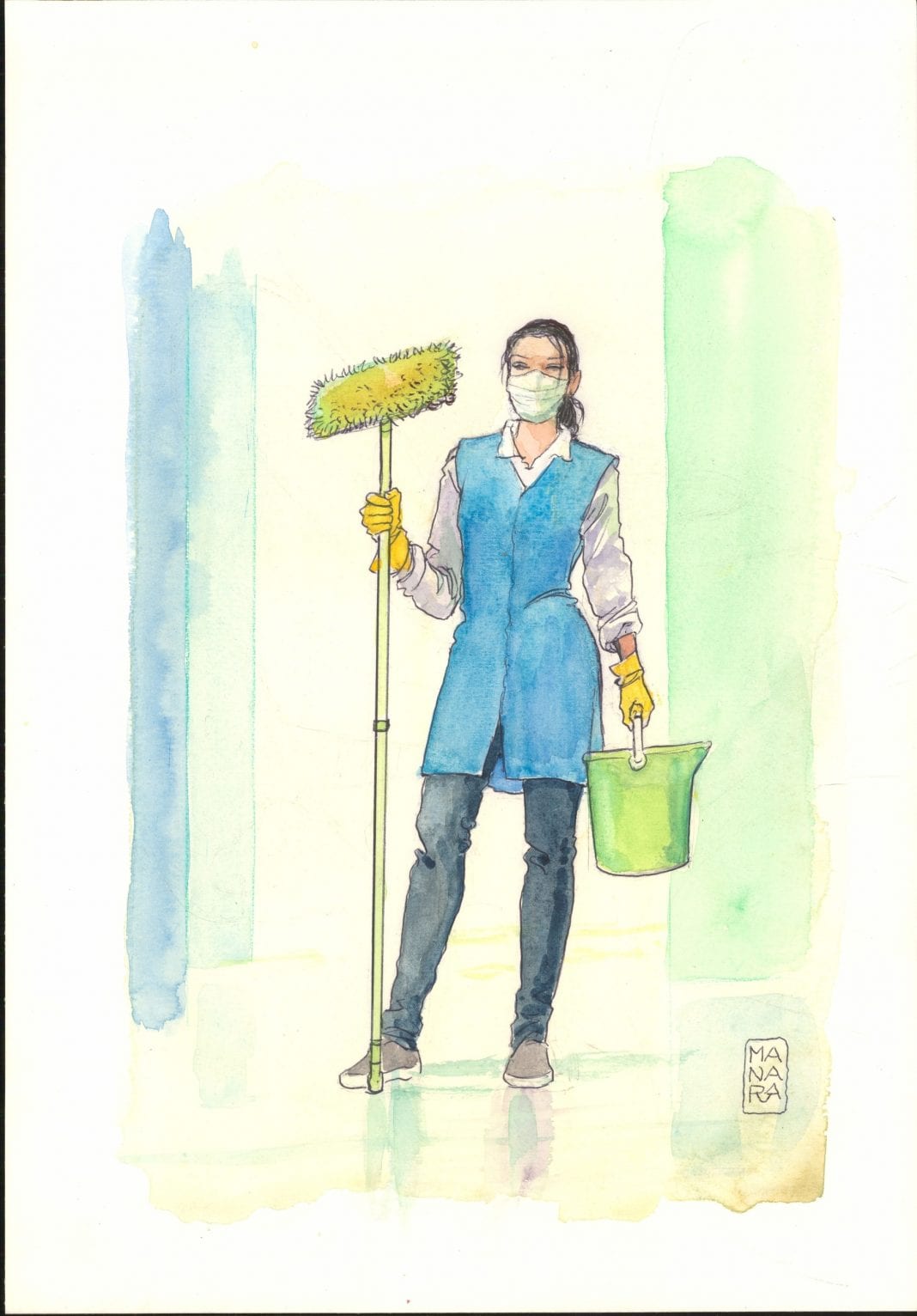
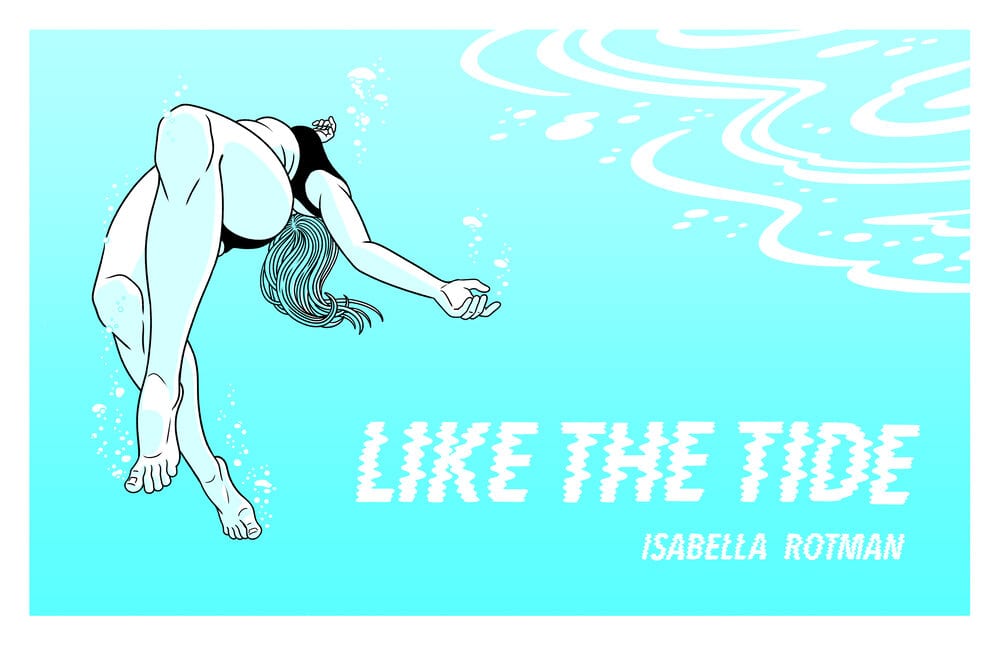
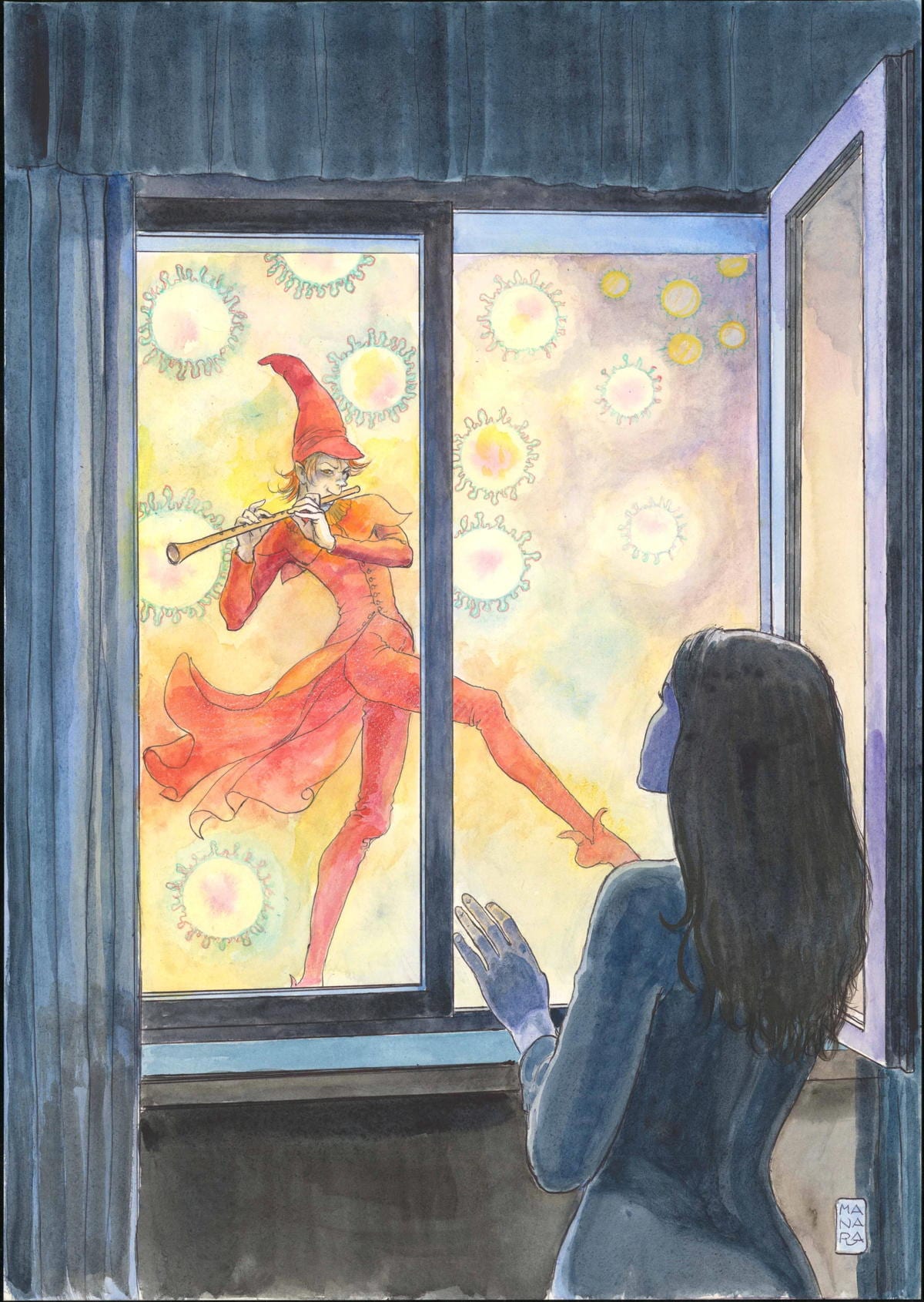
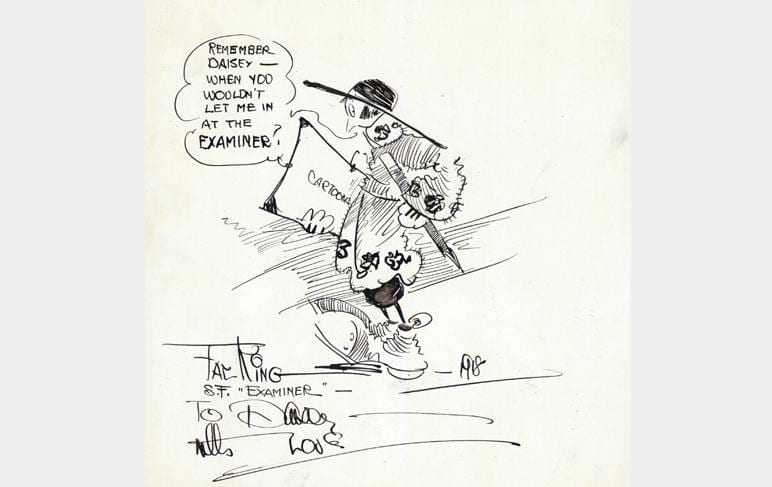

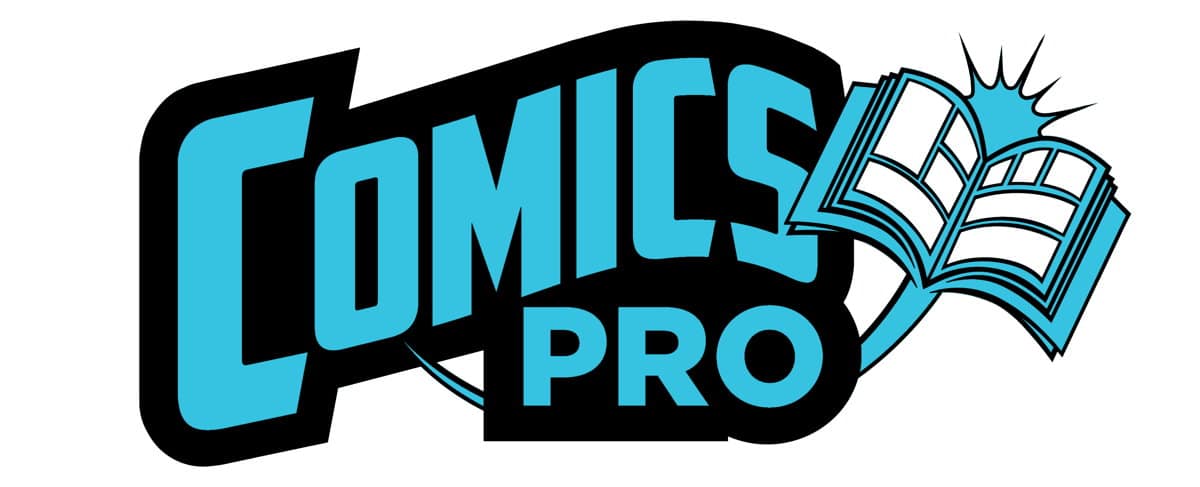


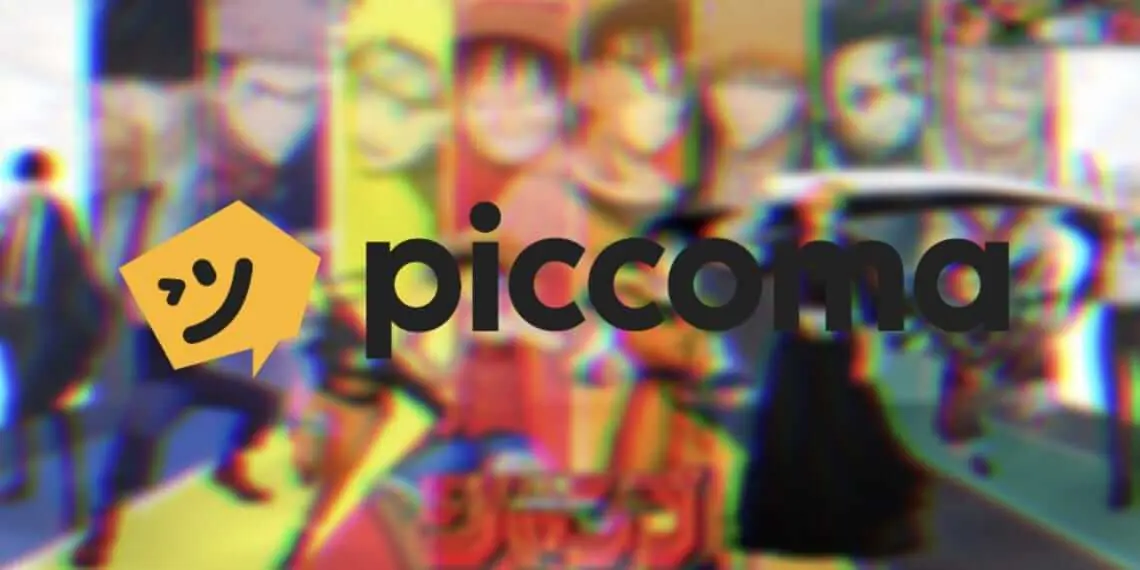

That Walmart story fascinates me: 10 copies each of four titles at a $5 cover price, with up to three months of releases stocked implies just $600 of maximum monthly revenue for each “sidekick”? And, of course, 100% sell-through seems unlikely, even for known titles.
Unless Walmart charges a percentage-of-sales rather than a fixed fee-per, it is a bit hard to contemplate how that could ever possibly be profitable… and especially right now when there is a pandemic raging.
I hope there is some follow up to this in six months.
-B
Shoddily written article for an award-winning editor/journalist with 20 years experience. I googled Cmcsgate and couldn’t find anything. Why are we non-Walmart people supposed to be concerned about it?
“Many of the folks behind the company are often thought to be Cmcsgate adjacent”.
Many of the folks? How many? Who?
Often thought to be? Often? By whom?
@Brian HIbbs… so even if they only sell 50% of the stock per month, that’s $300 revenue/month per store, right? $300 x 3,384 = $1,015,200 per month. $12 million annual revenue. Admittedly I don’t know anything about retail, but how could that not be profitable?
You are not accounting for the overhead — printing and shipping and page rates. Then there is the the cost of rent for that endcap… that would seem likely to me to be several hundred dollars a month.
-B
Comments are closed.